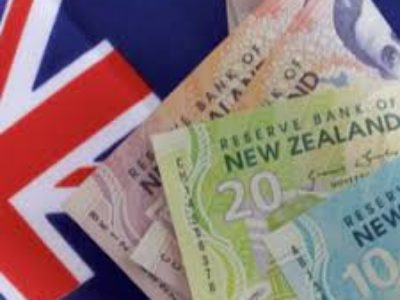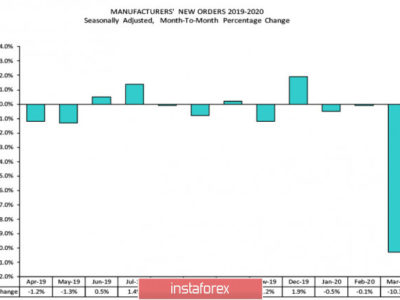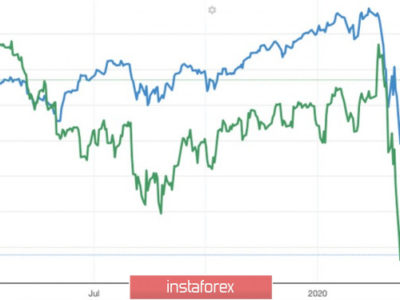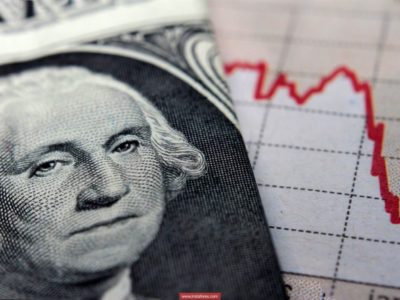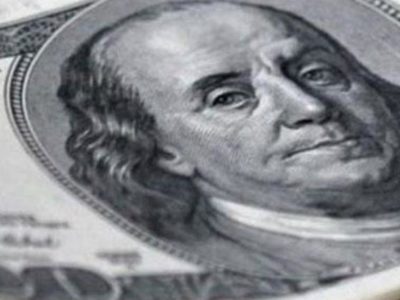Currency Update 14th of September
In usual fashion the start to the week has been quiet. Over the weekend Chinese Industrial Production and Fixed Asset Investments both missed expectations. Despite this, the Aussie rallied 50 pips during the Asian session, only to retrace the move later. Kiwi also rallied 35 pips on comments from NZ PM Key who was optimistic about the economy. As with the Aussie, the move was retraced.
The week has plenty of opportunities for volatility with UK inflation and the FOMC rate decision and forecast. Read through my Currency Update and prepare for the upcoming trading opportunities!
USD: The greenback remains the strongest currency in the longer term as the market currently expects the Fed to raise rates in late 2015. The FOMC wants to see a further improvement in jobs and be reasonably confident about inflation tracking towards 2% before increasing the fed funds target rate for the first time in nearly a decade. Core CPI is steady at 1.8% which is just under the Fed’s 2% target. Recent falls in commodity prices and weakening demand from China are causing a lowering of inflation expectations, which has prompted a risk-off mode and a selloff in equity markets. This market turmoil is likely to diminish the Fed’s confidence to raise rates in September.
EUR: The currency remains weak medium term due to the quantitative easing program that is underway and expected to continue for at least another 12-18 months. Inflation and growth readings in recent months have failed to show that the economy is recovering at a reasonable rate. Further, the ECB has downgraded their GDP and CPI forecasts and have highlighted the downside risks to inflation. The ECB maintains its dovish stance which keeps pressure on the euro. The euro can however strengthen in the short-term due to unwinding of short EURCNH carry trades which occurs when the yuan is allowed to depreciate, making the trade less attractive.
GBP: Sterling is a long-term bullish currency given expectations to raise rates in early-to-mid 2016. Recent job growth has been stellar and BOE comments have been fairly hawkish. Annual Core CPI however remains below 1%. After seeing severe weakness in recent weeks as a result of global growth concerns, the GBP now appears to be finding it’s fundamental footing once again. In today’s MPC statement some majority members saw upside risks to inflation, while also stating that downside risks to global economic activity have “probably increased”, however global developments haven’t “materially” altered the U.K outlook. The initial market reaction suggests the market is more focused on the bullish inflation comments as the GBP has strengthened across the board.
AUD: Despite solid jobs numbers and inflation close to target, Australia is beginning to feel the effects of lower commodities; recent GDP figures for Q2 missed estimates. Further a slowdown in China – a major importer of Australian minerals – puts negative pressure on the economic outlook. The RBA are on hold with an easing bias. Job figures for August were positive for the AUD and further illustrate the divergence between positive national data but slowing demand for commodity exports.
NZD: The Kiwi dollar is one of the most bearish currencies at present due to the easing cycle of the RBNZ. The Bank cut rates to 2.75% on September 10 and issued a dovish statement which saw NZD weaken across the board. The NZD is expected to remain under pressure as the market anticipates at least one more cut this year.Westpac forecast NZDUSD at 0.59 by early 2016.
CAD: The BOC left rates unchanged on September 9 and released a statement which was less dovish than the market had anticipated. This reduces the bearishness on the currency in the near-term however the price of WTI crude will largely dictate short term movements in the CAD.
JPY: The yen remains bearish medium term due to QQE. The BOJ have revised down their forecasts for CPI in coming years and their next move may include an adjustment to their inflation goal and stimulus program. CPI and BOJ inflation forecasts should be watched carefully for indications that the current stimulus will be increased. Thus far the BOJ maintains that the 2% target will be met by mid-16. Comments from Japan’s Yamamoto suggest further easing at the October 30 meeting. This is bearish for the currency and caused immediate weakness in the currency.
CHF: The franc is fundamentally a weaker currency given the SNB’s negative interest rates, however it can suddenly rally on safe-haven flows. The SNB regularly recite that the franc is overvalued and they are prepared to intervene to weaken the currency.
The post Currency Update 14th of September appeared first on Jarratt Davis.
Source:: Currency Update 14th of September



